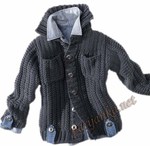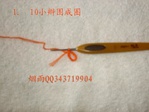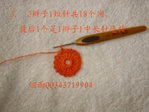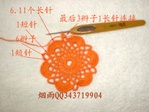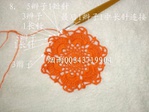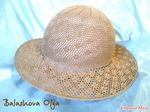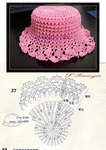When starting a new color, most techniques leave you with loose stitches either side of the color change. These not only look ugly but also expand as you work them on the next row, which can be unnerving especially if the tail looks like it might escape completely from the stitch below. You could stop knitting after a few stitches and tie a knot with the yarn tails, but that stops the flow of knitting, and the knots sometimes work their way through to the front.
Когда вводится нить нового цвета, большинство техник оставляют вас с рыхлыми петлями со всех сторон петли нового цвета. Это не только выглядит ужасно, но также деформирует петли в следующих рядах, что может нервировать, особенно если кончик виден и этого можно избежать полностью в нижних рядах. Вы можете остановить вязание после нескольких петель и связать концы пряжи в узел, но это остановит процесс вязания и узлы иногда видны с лицевой стороны.
If you join many new colors in one area, as you might with intarsia, it can be difficult to make them neater even when you sew in the ends. I have previously found myself shuffling yarn back towards the join through many stitches to get them to a consistent size.
Если вы используете много новых цветов в одной работе, как это возможно в интарсии, сложно сделать аккуратно, даже если вы сшиваете концы.Я первоначально переплетала пряжу через много петель чтобы получить их одинакового размера
To avoid all these issues, the join I use is a "twist-and-weave", first shown to me in a workshop taught by Jane Crowfoot. The new and old colors are twisted together and the join is made more robust by weaving the tail of the new color into the next stitch.
Что бы избежать все эти проблемы я использую соединение "twist-and-weave", сначала увиденном мною в обучающем мастер-классе Jane Crowfoot.
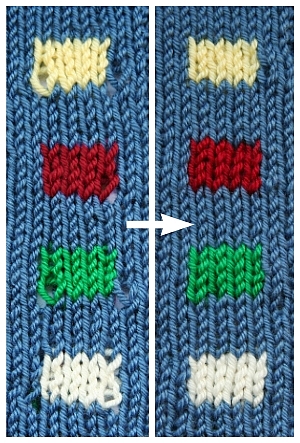
For both pieces of knitting: the join has been tightened up once and no ends have been sewn in at the















